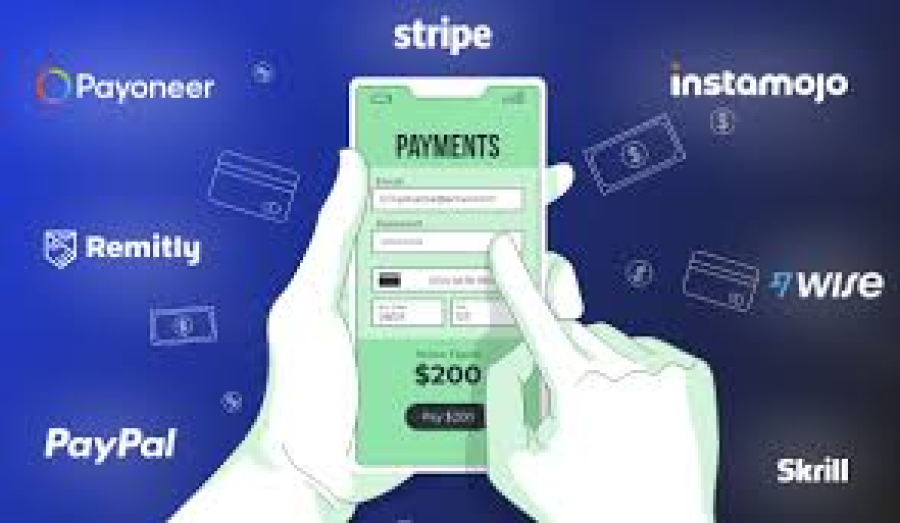FreelancerBridge: Tips for Transparent Payments
One of the biggest challenges freelancers face is ensuring transparency in payments. Late payments, unclear pricing, and miscommunication with clients can create financial instability.
At FreelancerBridge, we believe that clear payment structures, proper invoicing, and secure transaction methods are essential for a successful freelance business. This guide provides effective strategies to ensure transparency in freelance payments and build trust with clients.
1. Set Clear Payment Terms Upfront
Before starting a project, freelancers should define payment terms in writing to avoid misunderstandings.
Best Practices for Payment Terms:
- Clearly mention rates, deadlines, and payment methods in contracts.
- Specify deposit requirements before work begins (e.g., 50% upfront).
- Set a late payment policy (e.g., penalties for overdue invoices).
- Include revision policies to prevent excessive unpaid work.
Pro Tip: Use FreelancerBridge templates to create professional contracts with transparent terms.
2. Use Secure Payment Methods
Receiving payments through reliable platforms ensures security and prevents fraud.
Best Payment Methods for Freelancers:
- PayPal & Stripe – Ideal for international transactions.
- Wise (formerly TransferWise) – Low-fee international transfers.
- Direct Bank Transfers – Secure for long-term clients.
- Escrow Services – Protects both freelancers and clients.
Pro Tip: Avoid using unverified payment methods to prevent scams and chargebacks.
3. Send Professional Invoices
A well-structured invoice ensures clients process payments faster.
Key Elements of an Invoice:
- Your Business Name & Contact Details
- Client’s Name & Address
- Invoice Number & Date
- Itemized List of Services & Costs
- Total Amount Due & Due Date
- Payment Instructions (Bank Details, PayPal Link, etc.)
Pro Tip: Use tools like FreshBooks, QuickBooks, or Zoho Invoice for automated invoicing.
4. Request Partial Payments for Large Projects
Freelancers working on long-term or high-value projects should split payments into milestones.
How to Structure Milestone Payments:
- 25-50% upfront before starting the project.
- 30-40% after reaching mid-project milestones.
- Final payment upon project completion.
Pro Tip: Milestone payments ensure consistent cash flow and reduce financial risk.
5. Use Written Agreements & Contracts
Verbal agreements often lead to payment disputes. Always have a written contract before starting work.
What to Include in a Freelance Contract:
- Project Scope & Deliverables
- Payment Terms & Due Dates
- Cancellation & Refund Policies
- Ownership & Copyright Details
Pro Tip: Use FreelancerBridge contract templates to simplify the process.
6. Track Payments & Follow Up Professionally
Freelancers should track all invoices and follow up on late payments.
How to Manage Payments Effectively:
- Use accounting software to monitor invoices.
- Send friendly reminders before due dates.
- Charge late fees for overdue payments.
- Consider using collection agencies for non-paying clients.
Pro Tip: Set automated invoice reminders to encourage timely payments.
Final Thoughts
Transparency in freelance payments builds trust, credibility, and long-term client relationships. By setting clear payment terms, using secure platforms, invoicing professionally, and tracking payments, freelancers can avoid financial stress and grow a stable business.
At FreelancerBridge, we help freelancers achieve financial clarity and business success. Start implementing these tips today for hassle-free payments and steady income!


 by Emily
by Emily




